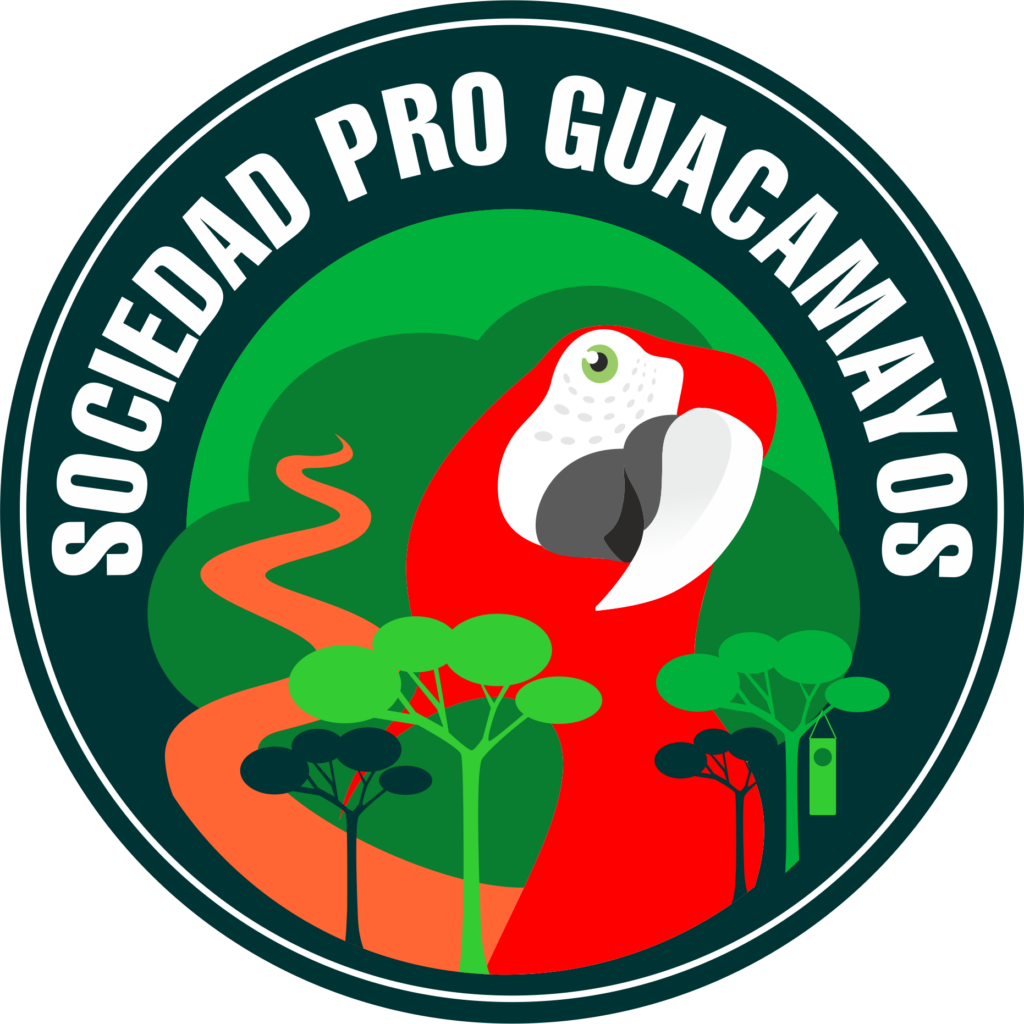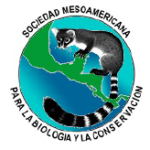Trailer of The Macaw Movie documentary that was filmed in our study site. The movie is here https://wildlifemessengers.org/macawmovie/
VIDEO
The Ancestral Lands of the Ese’Eja – This multidisciplinary project centers on the Ese’eja Nation, an indigenous hunting, gathering and fishing people located in our study site. Our project is working in collaboration with the local community for decades.
VIDEO
Mission Tambopata: The Land of Macaws is a nature documentary about our research in TRC filmed by Jerome Hillaire.
VIDEO
A video about the Tambopata National Reserve featuring the enigmatic Macaws and filmed by the photographer Chrsitian Declercq.
Another video by Chrsitian Declercq was filmed at Collpa Colorado (the clay lick near to the Tambopata Research Center).
VIDEO
Natural history cycles in Peruvian parrots – a talk by Dr. Donald Brightsmith
VIDEO
Christina Zdenek , one of our volunteers made the following videos about her everyday work in the project.
“This is a glimpse of what it’s like to do field biology. I am collecting data as part of a 22-years-and-going project (Tambopata Macaw Project) about Macaws in the Peruvian Amazon rainforest.”
VIDEO
“As part of the Tambopata Macaw Project in the Peruvian Amazon, I climb a Macaw nesting tree (30m high or 98ft.) and do this self-interview at the top.”
VIDEO
“I saw this Jaguar floating down the river for more than 10 seconds before it exited the river, right across the river from where I was collecting data on parrots and macaws in the Peruvian Amazon. It was a ‘wow’ moment, that’s for sure.”
VIDEO
Its 6.30am in the morning and Jose Arboleda , our volunteer from Ecuador, is already high up in the second of many trees he will climb today, whilst working as a Research Assistant at the Tambopata Macaw Project, in the Madre de Dios department of the Peruvian Amazon. This artificial nest is named ‘Hugo’ and the Scarlet Macaw chicks inside are ‘Hugo I’, ‘Hugo II’ and ‘Hugo III’, according to their hatching order. The nest is 29m above the ground in a Dypterix tree. The mother Macaw, known as ‘Mrs Tabasco’ had to be removed from inside the nest in order that Jose can get the chicks out and send them down to the ground in a bucket where they will be weighed, measured and monitored, before being returned to their tree top home. Mrs Tabasco is now accustomed to this daily routine and is waiting patiently on the roof of the nest box for the proceedings to end. Jose has blocked the entrance to the nest so that she can’t get back inside until he is finished working with the chicks which he is going to remove from the nest through an access door lower down the box. Between his knees Jose has the bucket into which he is going to place the chicks and lower them down to the ground. Looking out over the forest canopy you can see lots of palms, denoting how wet these Tambopata River floodplains are. A very large, emergent Dipterix tree we can see in the background hosts another artificial nest box called ‘Franz’, hung 35m high. Jose will climb to the Franz nest tomorrow morning at dawn. These chicks are getting close to fledging, they are about 70 days old and are expected to leave the nest and fly at around 90 days. They will hopefully survive into adulthood, flying wild and free over the Tambopata National Reserve, close to the Candamo Valley, known as the last uninhabited forest in the world, deep, deep in the enormity of the vast Amazon basin. Researchers on the ground are getting impatient, so Jose has to leave off filming to get the chicks down to them so that they can be measured and then returned to their lofty nest.
VIDEO
Jennifer Brett , our other volunteer from Australia, is measuring a macaw chick. This Scarlet Macaw chick, named Hugo I, has been lowered down from his treetop nest to be weighed, measured and examined as part of a project aimed at conserving Macaw populations in the Neotropics.
VIDEO
Volunteering in the project is not only hard work but lots of fun too! We prepared this video (later referred as Video Guacamayero ) for a comedy video competition of Rainforest Expeditions in December, 2008. It presents the everyday life of Volunteers in the Tambopata Research Center (TRC) in a funny way. We hope you will enjoy our video and want to join to our happy international research team soon.
Part 1/3 – 7:24 min
VIDEO
Part 2/3 – 1:30 min
VIDEO
Part 3/3 – 1:50 min
VIDEO



